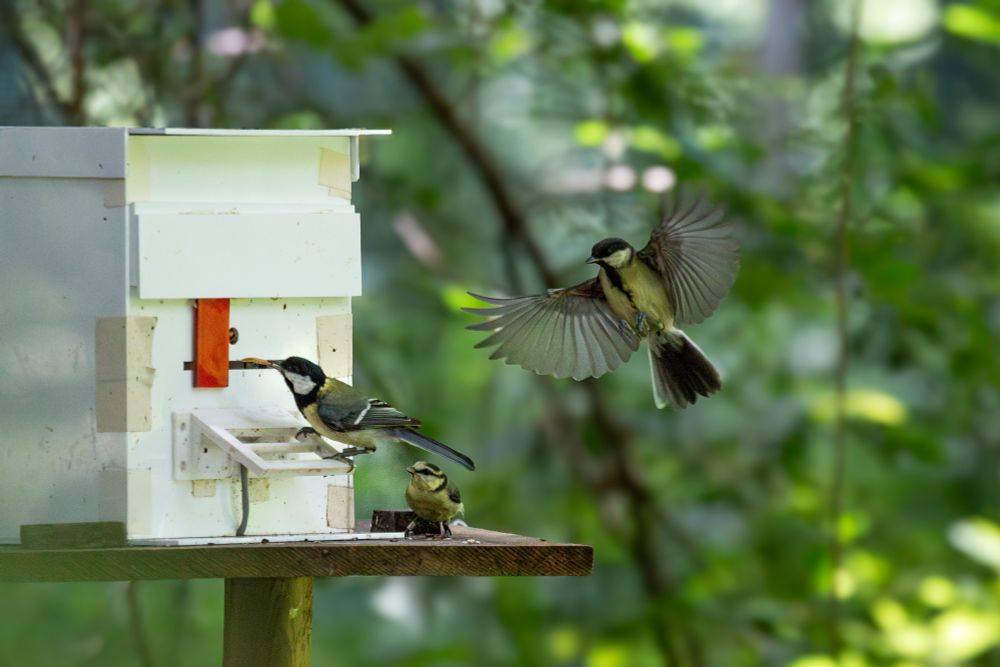AKA NickleDave
@nicholdav.bsky.social
1.9K followers
2.7K following
1.2K posts
I'm interested in how animals communicate with sound and I try to make that easier for everyone to study: https://www.vocalpy.org/
Cat & dog dad, cold brew addict, video gamer, Florida boy, #altac, podcast fan, occasional espanglish. nicholdav.info
Posts
Media
Videos
Starter Packs
Pinned
Reposted by AKA NickleDave
Reposted by AKA NickleDave
Reposted by AKA NickleDave
Reposted by AKA NickleDave
Reposted by AKA NickleDave
Reposted by AKA NickleDave
Reposted by AKA NickleDave
Reposted by AKA NickleDave
Reposted by AKA NickleDave
Reposted by AKA NickleDave
Reposted by AKA NickleDave
Reposted by AKA NickleDave













![5 Ghostwriter in the Machine
A unique selling point of these systems is conversing and writing in a human-like way. This is imminently understandable, although wrong-headed, when one realises these are systems that
essentially function as lossy2
content-addressable memory: when
input is given, the output generated by the model is text that
stochastically matches the input text. The reason text at the output looks novel is because by design the AI product performs
an automated version of what is known as mosaic or patchwork
plagiarism (Baždarić, 2013) — due to the nature of input masking and next token prediction, the output essentially uses similar words in similar orders to what it has been exposed to. This
makes the automated flagging of plagiarism unlikely, which is
also true when students or colleagues perform this type of copypaste and then thesaurus trick, and true when so-called AI plagiarism detectors falsely claim to detect AI-produced text (Edwards, 2023a). This aspect of LLM-based AI products can be
seen as an automation of plagiarism and especially of the research paper mill (Guest, 2025; Guest, Suarez, et al., 2025; van
Rooij, 2022): the “churn[ing] out [of] fake or poor-quality journal papers” (Sanderson, 2024; Committee on Publication Ethics,](https://cdn.bsky.app/img/feed_thumbnail/plain/did:plc:vsyj5jtayxcq5dw5mtja4xtb/bafkreieufyngjbrn23zkmesrimcwemxkxtaf2x7d3bedjt7bg65htgtkrm@jpeg)





